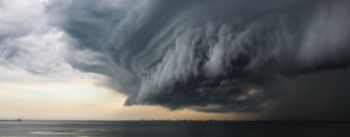Aug 20, 2024
Your Social Security Number Has Been Stolen! Should You Care?
Your Social Security Number… If you live in the United States, you’ve been told, taught and trained, since you were about 12-years old, to guard this numeric form of personal identification with your life! Whelp, congratulations, you just failed. No…
Read More








